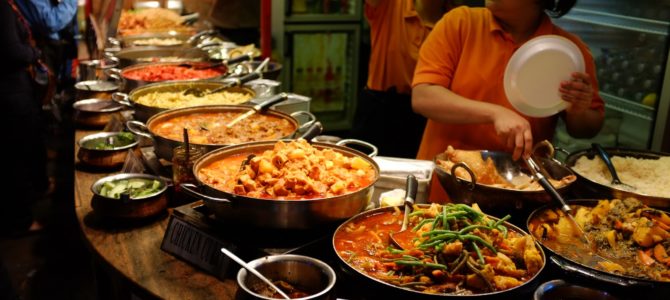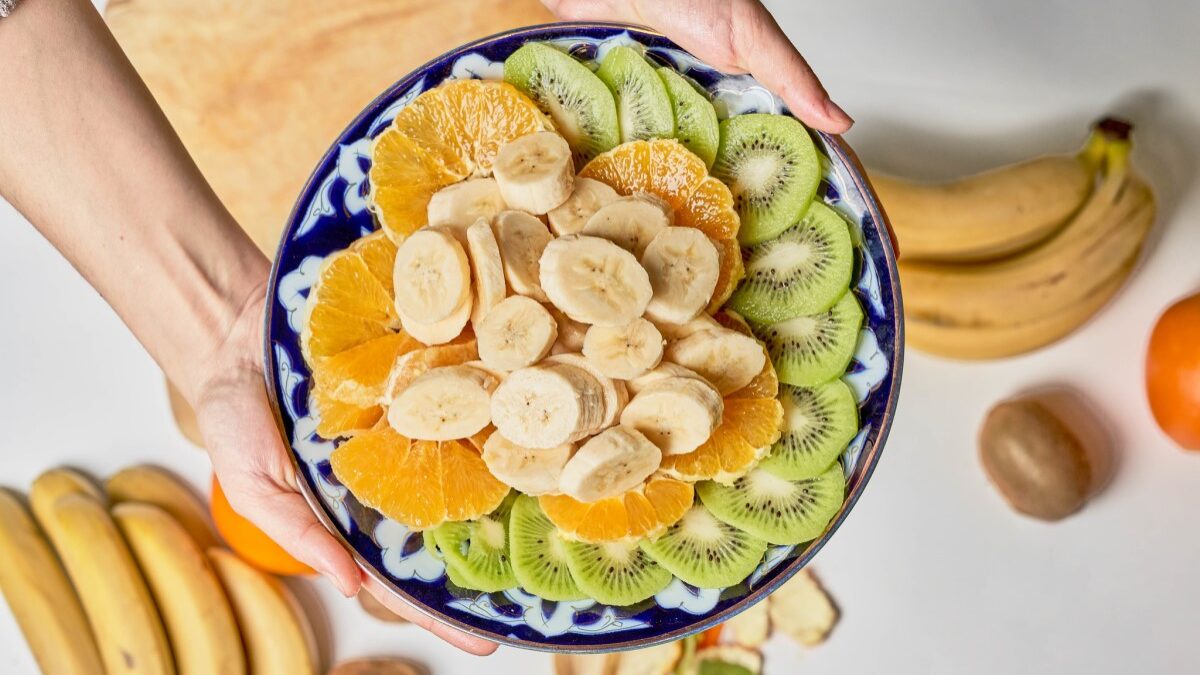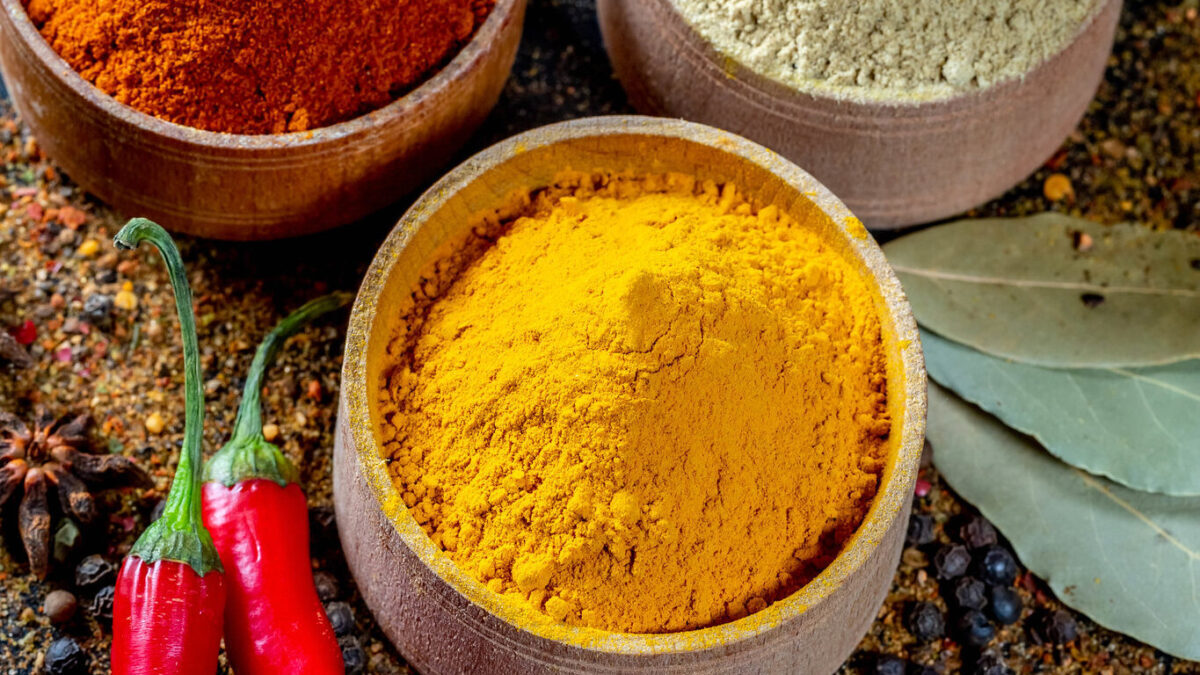
Over the last few weeks, a “curry” has threatened to boil over in the food world. A movement to delegitimize the word curry is supported by over-zealous race-baiting academics who jump at the first opportunity to baptize into victimhood any group of people they deem as needing salvation.
First, it was Chaheti Bansal, a food vlogger from California, who took upon herself the sacred task of chastising the culinary world and anyone who has ever used the word “curry” for his abhorrent crime of supposedly mischaracterizing the wide variety of stews and gravies from the Indian subcontinent.
Apathy towards South Asian culinary tradition is rooted in colonialism and “white, Christian supremacy,” according to Professor Ilyse R. Morgenstein Fuerst of the University of Vermont. Despite historical European cravings for South Asian flavors, the professor opines, there was a devious attempt on the part of the colonizers to appropriate the culture surrounding the cuisine of the region and turn it into their own colonial version with significant social, political, and financial impact. This tendency to see everything through the lens of race and oppression is the hallmark of modern-day academia.
Columnist Gene Weingarten of the Washington Post found himself in the crosshairs of the Twitterati after his take on Indian cuisine as comprised of only one spice — curry. Weingarten eventually apologized for his ignorance about the difference between spice and spice blends, and the Post even issued a correction acknowledging the breadth of Indian spices and types of dishes.
Melting Pots
Bansal is reasonable in her view that the word curry oversimplifies by describing any stew-like food from the subcontinent, but to make it a race-based issue is an overstretch.
The days of ignorance-driven obnoxious contempt for foreign cuisine are long gone, especially in the West. Cities like London and New York are often touted as global culinary capitals for offering a wide variety of cuisines. In Britain, curries are more popular than the quintessential fish and chips, and more people around the globe are taking to their delightful flavor profile. In rural America, immigrants from Asia and Africa have settled harmoniously, bringing their food cultures.
Yet, the race-baiting continues in order to divide our society and pit one ethnic group against another. In America, South Asians have earned the distinction of being one of the most successful immigrant groups. More importantly, they have resisted the onslaught of the radical ideologues to participate in their race-based wars and have chosen instead to stay true to their achievement of the American Dream.
More Counterpoints
Historians are unsure of the exact origins of the word curry, but it may have been “kari,” which means spiced sauce in southern Indian languages.
If the word “curry” is racist, then so is the word “bread” when looked at from a Western vantage point. Bagel, focaccia, baguette, ciabatta, and brioche are all different kinds of bread. I grew up in India, where we called all flour-based baked products that were not cookies just “bread.” Economic liberalization introduced India to the nuances of the baking lexicon and yet my parents’ generation still called everything “bread.”
Unlike South Asian curries, which all seem to have a similar texture to the untrained Western eye, the bread comes in different shapes and sizes. Still, to the average Indian, there is little difference between sliced bread and a bun.
Should Western ex-pats living in India feel offended by this mischaracterization? No, because naïve ignorance, not malicious racist intent, is to blame, as it is for Westerners and curry.
Food for Thought
So, what exactly is curry? A British-invented term, it is a loosely defined group of any vegetable, lentil, or animal protein preparation with a spicy base and semi-liquid to liquid consistency that is eaten with rice or some sort of bread. Indian food connoisseurs would know them by specific names. Again, grouping together Indian food as a homogenous cuisine is an oversimplification, but not racist.
Just as an Italian would find the pizza sold outside Italy very different from the original, so too the Indian wouldn’t know anything much about curry. Yet the curry has distinct Indian roots.
Food is perhaps the most non-controversial aspect of human life, devoid of identity politics. The phrase “breaking bread,” which symbolizes social harmony and camaraderie, establishes food as a great uniter. By subjecting it to critical analysis, we only end up robbing it of its aesthetic beauty.
This mania about the wrongful categorization of a mélange of dishes will hopefully die a well-deserved natural death. We need to continue to defend ourselves against such depravities and virtue-signaling zealots who seek to divide society in a bid to advance their radical, destructive goals.









